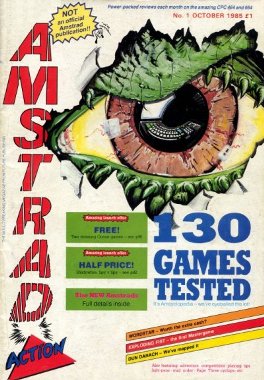
Amstrad Action was a monthly magazine, published in the United Kingdom, which catered to owners of home computers from the Amstrad CPC range and later the GX4000 console.

Amiga Power (AP) was a monthly magazine about Amiga video games. It was published in the United Kingdom by Future plc and ran for 65 issues, from May 1991 to September 1996.

Your Sinclair, or YS as it was commonly abbreviated, was a commercially published and printed British computer magazine for the Sinclair range of computers, mainly the ZX Spectrum. It was in circulation between 1984 and 1993.

Computer Gaming World (CGW) was an American computer game magazine published between 1981 and 2006. One of the few magazines of the era to survive the video game crash of 1983, it was sold to Ziff Davis in 1993. It expanded greatly through the 1990s and became one of the largest dedicated video game magazines, reaching around 500 pages by 1997.
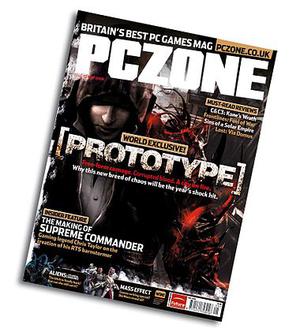
PC Zone, founded in 1993, was the first magazine dedicated to games for IBM-compatible personal computers to be published in the United Kingdom. Earlier PC magazines such as PC Leisure, PC Format and PC Plus had covered games but only as part of a wider remit. The precursor to PC Zone was the award-winning multiformat title Zero.
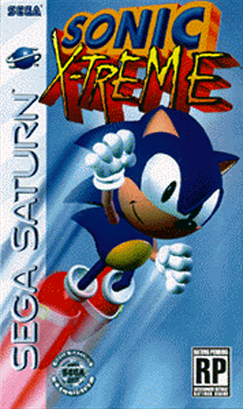
Sonic X-treme was a platform game developed by Sega Technical Institute from 1994 until its cancellation in 1996. It was planned as the first fully 3D Sonic the Hedgehog game, taking Sonic into the 3D era of video games, and the first original Sonic game for the Sega Saturn. The storyline followed Sonic on his journey to stop Dr. Robotnik from stealing six magic rings from Tiara Boobowski and her father. X-treme featured open levels rotating around a fixed center of gravity and, like previous Sonic games, featured collectible rings and fast-paced gameplay.

Hyper was a multi-platform Australian video game magazine. It was Australia's longest running gaming magazine, published from 1993 to 2019.

DC-UK was a Dreamcast video game magazine published by Future plc in the United Kingdom. Its first issue was published in August 1999 and it ran until 2001. The magazine was launched by ex-Edge deputy editor Caspar Field, who edited the first seven issues. After his departure to launch the children's Dreamcast magazine, Mr Dreamcast, associate editor Keith Stuart took over until issue 19. At this point, then-deputy editor Lee Hart took over for the single issue that remained.
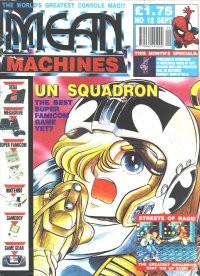
Mean Machines was a multi-format video game magazine published between 1990 and 1992 in the United Kingdom.

Mega was a British monthly magazine that covered the Mega Drive video game console. During its time as one of the main Mega Drive publications, Mega covered the "golden age" of the Sega Mega Drive from 1992 to 1995. The magazine went through many changes including a re-design in content and layout before being sold to a rival publisher.

Sega Power, initially known as S: The Sega Magazine, was a Future publication aimed at the Sega range of consoles, including the Master System, Mega Drive, Game Gear and later on the Mega-CD, 32X and Saturn. The magazine was later relaunched as Saturn Power when the other Sega consoles were discontinued.

Sega Pro was the first publication from Paragon Publishing and catered for the Sega consoles: the Master System, Game Gear and the Mega Drive. Early editorial staff included Dominic Handy (editor), Les Ellis, Dave Perry (designer), James Scullion and Damian Butt as staff writers. The magazine existed between 1991 and 1996. A German edition of Sega Pro was also published (1992-1994).
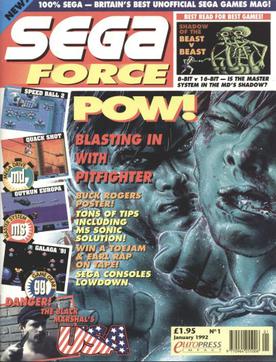
Sega Force was an early 1990s publication that covered the Sega console range.

Matt Bielby is a magazine editor based in the UK. He is best known for launching and editing many successful titles in assorted markets during the 1990s, mostly on the subjects of computer and video games, and film and television. These include .net, Amiga Power, Super Play and PC Gamer.

Paragon Publishing Ltd was a magazine publisher in the UK, which published computer games and other entertainment titles from 1991 to 2003.
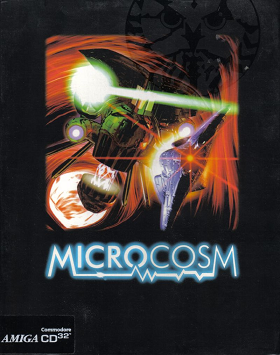
Microcosm is a 3D rail shooter video game developed and published by Psygnosis in 1993. It was originally developed for the FM Towns, and ported for the Sega CD, Amiga CD32, 3DO, and MS-DOS. Microcosm featured realistic FMV animation, with the graphics being rendered on Silicon Graphics workstations. The game is either in first-person or third-person view depending on the gaming system.
Stuart Campbell is a Scottish blogger, video game designer and former video game journalist. Born in Stirling, he moved to Bath in 1991 to work for computer magazine Amiga Power as a staff writer, where he gained attention for his video game reviews. He has lived in Somerset ever since, and made further contributions to a number of publications both within the video game industry and in the popular media.

Galaga '91 is a 1991 fixed shooter video game developed and published by Namco for the Game Gear. It was published by Sega in Europe and renamed Galaga 2. The first portable installment in the Galaxian series, players control a lone starfighter in its mission to eradicate the hostile Galaga forces before they take over Earth. Gameplay revolves around shooting down formations of enemies and avoiding their projectiles.
PCGamesN is a British online video game magazine focusing on PC gaming and hardware. It has a full-time team of over a dozen writers and is the oldest owned-and-operated site within publishing group Network N.
















